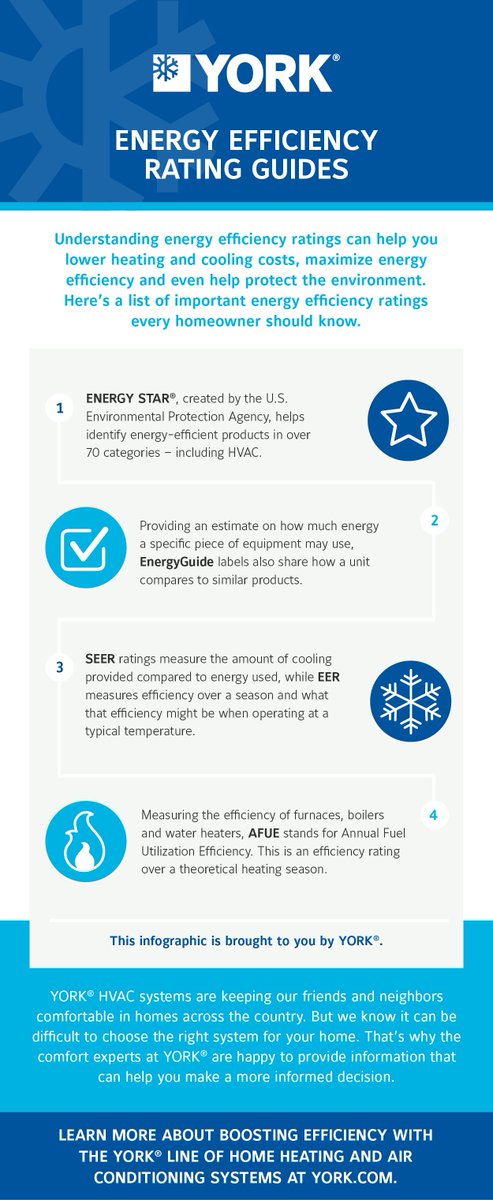Discover Just How To Guarantee The Effectiveness And Longevity Of Your Heat Pump System By Staying Away From Usual Installment Errors
Discover Just How To Guarantee The Effectiveness And Longevity Of Your Heat Pump System By Staying Away From Usual Installment Errors
Blog Article
Staff Author-Dowling Rankin
When mounting a heatpump, you should avoid usual mistakes that might endanger its performance. Forgeting correct sizing may lead to inefficiencies and greater utility costs. Disregarding insulation and securing can lead to power waste and strain on the unit. In addition, positioning the outside device inaccurately may impact its efficiency. By avoiding these mistakes, you can make sure ideal functioning and durability of your heatpump system.
Improper Sizing of Heatpump
When it comes to the setup of heatpump, one of the most typical mistakes is improperly sizing the device for your area. Ensuring the appropriate size is essential for ideal efficiency. If the heatpump is too small, it will certainly struggle to warm or cool your space successfully, bring about raised energy costs and prospective deterioration on the unit.
On the other hand, if the heatpump is too big, it will cycle on and off often, triggering temperature level fluctuations and decreasing its lifespan.
To avoid this error, it's important to have an expert assess your space and recommend the proper dimension of the heatpump based on variables like square footage, insulation, ceiling height, and regional environment. By investing the moment and effort to make sure the correct sizing, you can enjoy a comfortable atmosphere while optimizing energy efficiency and lengthening the lifespan of your heatpump.
Inadequate Insulation and Sealing
To make certain the effective operation of your heatpump, it's crucial to deal with poor insulation and sealing in your area. Proper insulation assists preserve a regular temperature inside, lowering the workload on your heat pump. https://jasperhbwpj.bloggactif.com/31391553/enthralled-by-the-developments-in-heat-pump-technology-learn-just-how-it-may-redefine-your-home-s-convenience-and-improve-power-efficiency can bring about energy loss, making your heat pump job harder and much less effectively.
Sealing any type of voids or leakages in your area is just as essential. These voids allow conditioned air to get away and outside air to seep in, compeling your heatpump to make up for the temperature level changes.
Wrong Placement of Outdoor Unit
Dealing with the placement of your heat pump's outside unit is essential to enhancing its performance. Installing https://kstp.com/kstp-news/top-news/tips-for-saving-money-staying-cool-during-excessive-heat/ in a wrong area can result in efficiency problems and potential damages to the system.
One common mistake to prevent is positioning the exterior unit also close to a wall surface or various other structures. This can restrict air movement, creating the device to work harder to heat or cool your area, eventually decreasing its efficiency and life expectancy.
Another error to avoid is placing the exterior system in direct sunlight. While some sunshine is inevitable, too much direct exposure can bring about overheating, especially throughout warm summer season days. It's best to place the outdoor system in a shaded location to help preserve its ideal operating temperature.
Furthermore, see to mouse click the following web site that the outside system is positioned on a secure and level surface. Uneven ground can create vibrations and unnecessary strain on the device, impacting its performance in time.
Final thought
To conclude, staying clear of common mistakes during heat pump installment is vital for maximizing effectiveness and long life of your system. By making sure appropriate sizing, appropriate insulation, securing, and appropriate placement of the outside device, you can protect against concerns such as inefficiencies, increased power expenses, and pressure on the unit. Putting in the time to deal with these key aspects will eventually save you money and time in the future.
